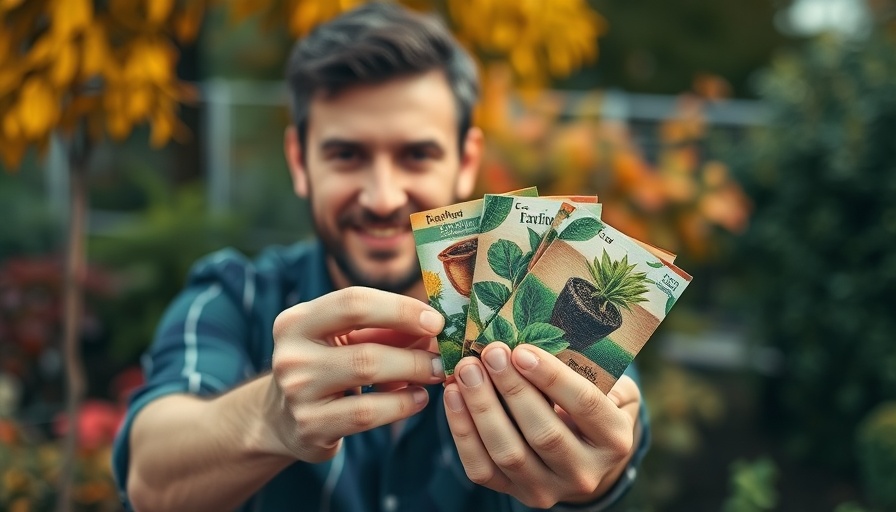
Exploring Innovative Gardening Techniques with Fast Food
The unique question posed by the video “What Happens When You Bury Fast Food Under Tomatoes?” invites gardeners, particularly residents of Metro Vancouver, to rethink their composting strategies. While traditional composting using food scraps is well-documented, burying fast food items under tomato plants adds a quirky twist to urban gardening practices. It not only stirs curiosity but also compels us to consider how decomposition impacts plant growth, especially in smaller gardening spaces.
In 'What Happens When You Bury Fast Food Under Tomatoes?', the discussion dives into innovative gardening techniques, exploring key insights that sparked deeper analysis on our end.
The Science Behind Decomposition
The essence of this experiment revolves around particle size and surface area. As demonstrated in the video, the host uses three different variations of a fast food favorite, the Cheesy Gordita Crunch, to investigate how their decomposition rates affect tomato plants. The host prepares whole, chopped, and minced versions of the gordita crunch, recognizing that smaller pieces provide a larger surface area for microbes and insects to work on, which could fast-track the breakdown process. Gardening enthusiasts might find this insight valuable, particularly if they're looking to optimize soil nutrients using limited space.
Lessons Learned: Burying Food Scraps vs. Nothing at All
One major take-away from the experiment is the comparison between tomatoes grown with fast food and those with no added nutrients at all. Surprisingly, the tomatoes without the fast food yielding the overall best results in terms of quantity and ripeness at harvest. This opens a dialogue about the effectiveness of food scraps as fertilizers compared to pure soil. This finding could serve as an eye-opener for local gardeners who are considering unconventional fertilizers in their small backyard or balcony gardens.
Challenges of Urban Gardening
Urban gardeners often face challenges such as limited space and nutrient-depleted soil. This experiment underscores how even common perceptions about fertilizer can be turned on their head. As Metro Vancouver's population continues to rise, and more individuals gravitate towards balcony or container gardens, understanding what truly nourishes plants becomes critical. For city dwellers, borrowing ideas for effective gardening from eccentric experiments could spark innovative practices that beautify and sustain urban environments.
Engagement with Gardening Communities
Moreover, social media can be a powerful tool for encouraging dialogue around gardening experiments. By sharing findings, asking questions, or simply documenting growth, gardeners can learn from each other. This community engagement not only enriches individual experiences but also fosters a collective approach to urban sustainability.
Final Thoughts on Using Unconventional Fertilizers
In light of all the variables presented in this video experiment, Metro Vancouver residents have the opportunity to explore urban farming joyfully. While it may seem unconventional to use fast food as fertilizer, it raises awareness about what we put in our garden soil and how it influences growth. More importantly, it illustrates the adaptability of urban farming techniques, reinforcing the notion that everyone can grow their own food, no matter the space constraints.
As we embrace these innovative techniques, let's foster curiosity and connection through gardening in our communities. Who knows, the next experimental twist might just yield the tastiest harvest yet!
If you're eager to experiment with your own garden this season, consider integrating similar innovative ideas. Let’s create more sustainable spaces while embracing creativity and fun in our urban gardens!
 Add Row
Add Row  Add
Add 




Write A Comment